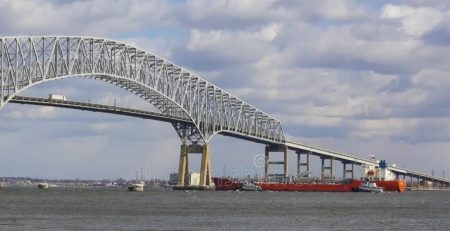Is Nuclear Energy Clean Energy?
When I was 10 years old, I wanted to be a nuclear physicist. I wanted to solve the mysteries of nuclear fusion- the essence of our sun’s amazing heating power – colliding and combining hydrogen atoms to form helium and creating power plants that released enough energy to power entire cities. Nuclear fusion would be clean, would produce no long-term radioactive waste, and would redefine our world. It was incredibly exciting stuff to a 10-year-old. But then when I was 13, I bumped into a scientist and told him my dream. He said I should become an engineer. A nuclear engineer. And work on fission reactors. The ones that split atoms instead of combining them and caused massive amounts of radioactive waste. He said there was money in nuclear engineering. Uranium-based fission reactors had been powering cities and countrysides in the US since 1958 and in the 1970’s, 23 power plants were opening around the world each year. By 1990, there were over 100 nuclear power plants in the US. At the same time, the Navy was creating nuclear submarines. The first nuclear submarine was launched in 1954. While a non-nuclear sub can stay underwater for 2 weeks, a nuclear sub can stay under water for 3 months. Yes, it was a great time to be a nuclear engineer.
I didn’t become a nuclear engineer. Because of a boy. Long story. I was quite saddened by the Three-Mile Island incident in 1979, and especially devastated by the Chernobyl incident in Ukraine within the Soviet Union in 1986. At that point, everyone was afraid of fission, and by the 1990’s, fission reactors fell off. Or so we thought. Despite the “no nukes” protests – for both reactors and weapons of mass destruction – the US has 54 working nuclear fission power plants in 28 states across the country right now, quietly, effectively. In fact, Georgia just brought a new reactor online this year which can power 1 million homes. And the waste that everyone was always afraid of is able to safely stay on site in dry casks, even though it will be radioactive for centuries.
My interest in nuclear power rekindled a few years ago when I read that Europe had successfully contained and harnessed a nuclear fusion reaction and progress was being made toward the first commercial nuclear fusion reactor. Definitely got my attention. In fact, Europe recently had a meeting which the US participated in that looked at funding for future fusion reactors. In Japan, a full-scale fusion reactor has been put on line, and in the US, an experimental fusion reactor is on line at a US National Lab in California. And then, I read an article about new US efforts in fission and my jaw dropped. The new developments in fission reactors were considered alternatives to coal, “clean energy” – creating virtually 0% carbon dioxide and addressing the reality of climate change. All of a sudden, fission reactors, a thing of the past, were becoming the wave of the future. Two different types of reactors were being developed. The SMR, or Small Modular Reactor had been perfected by the Department of Energy’s Idaho National Laboratory and was planned for industrial scale by a company called NuScale which would build the reactor in Utah.
Unfortunately, the reactor, while producing “clean energy”, produced energy at a higher cost than fossil fuels and there was concern that customers would balk at the higher price. Within the last few weeks, NuScale terminated their Utah project and is focusing on building plants overseas where nuclear power is a cheaper option than fossil fuel. A second reactor to be built in Wyoming is being financed by Bill Gates with a company called TerraPower. This will be a Natrium reactor – a combination of nuclear fission and a molten salt battery system for storing energy. It is being built in an area dominated by coal and natural gas, enabling the new nuclear plant to fit into the existing electric grid and having residents who can be retrained into clean energy jobs.
Next on the fission reactor landscape is the microreactor. It is only about 15 feet high and weighs a ton, less than the average 18-wheeler, but can produce enough energy for a small remote town. It can also provide back-up for wind and solar energy sources when weather does not cooperate, and it can provide emergency power to plants or after disasters.
The reality of nuclear fission energy is that it’s a mixed bag. Its zero emissions output makes it a winner for climate change, up there with solar and wind power, with a smaller footprint, and the creation of clean energy jobs, both in building and running the plants. But there are major downsides. Reactors are extremely expensive to build. The safety of their technology has to be vetted by the Nuclear Regulatory Commission (NRC) which is notoriously slow, with a reputation for saying no to nearly every new design that has come along. And last, nuclear energy is not cheap. Americans have historically balked at clean energy when it costs more than fossil fuels. The Biden administration has already done a lot financially to help with the costs. The next task will be to address the NRC bureaucracy without sacrificing safety. Ironically, but not so surprisingly, China is about to surpass the US in nuclear energy production. Are we in a race with China? No. But are we in a race with time – yes. The need for clean energy is real, and getting on the band wagon with nuclear energy is a step in the right direction.











Comments (3)
Very interesting information!Perfect just what
I was looking for!Blog monry
You have observed very interesting points! ps decent website.Blog monetyze
… [Trackback]
[…] Find More to that Topic: afrobougieblues.com/is-nuclear-energy-clean-energy/ […]